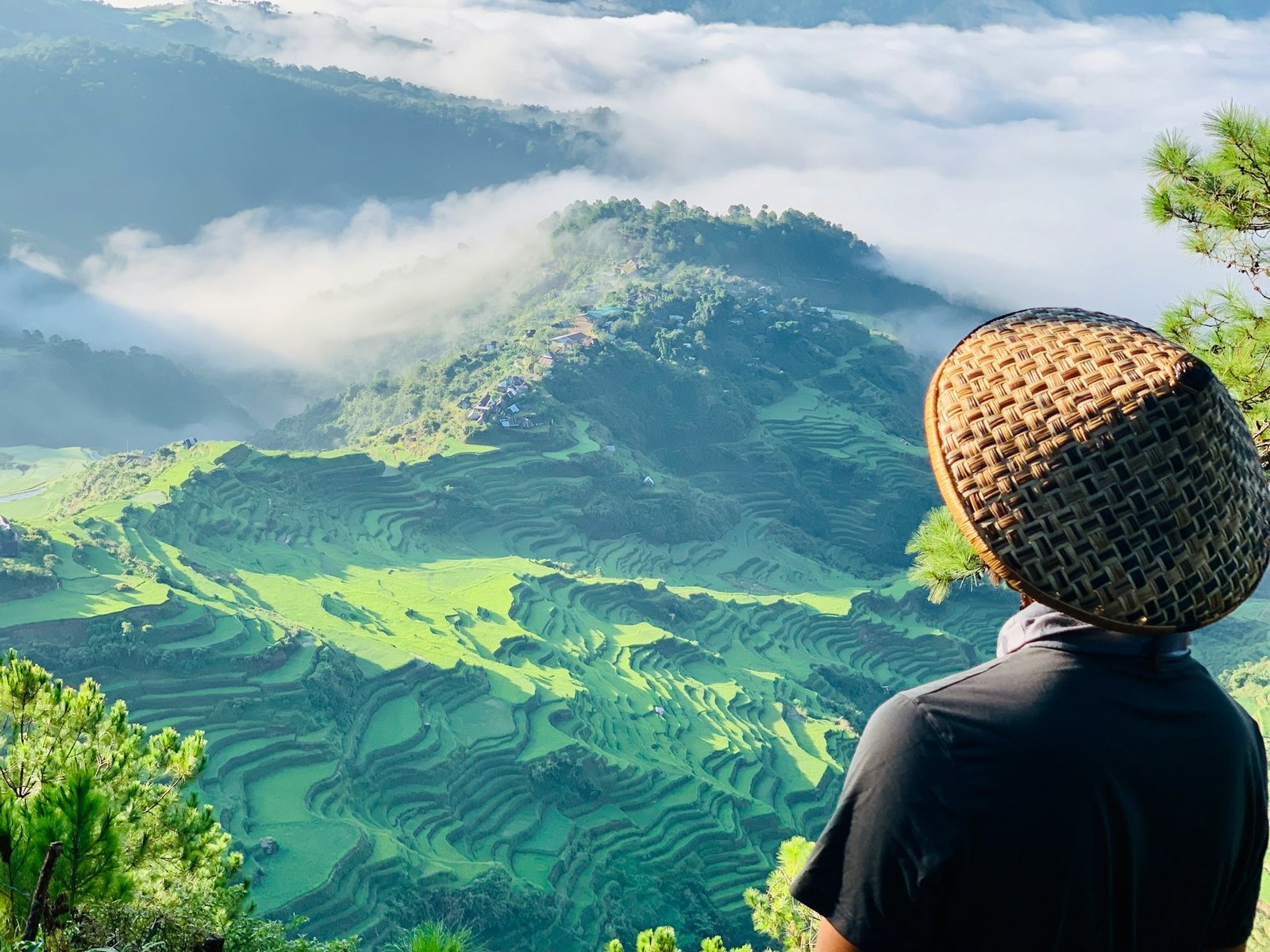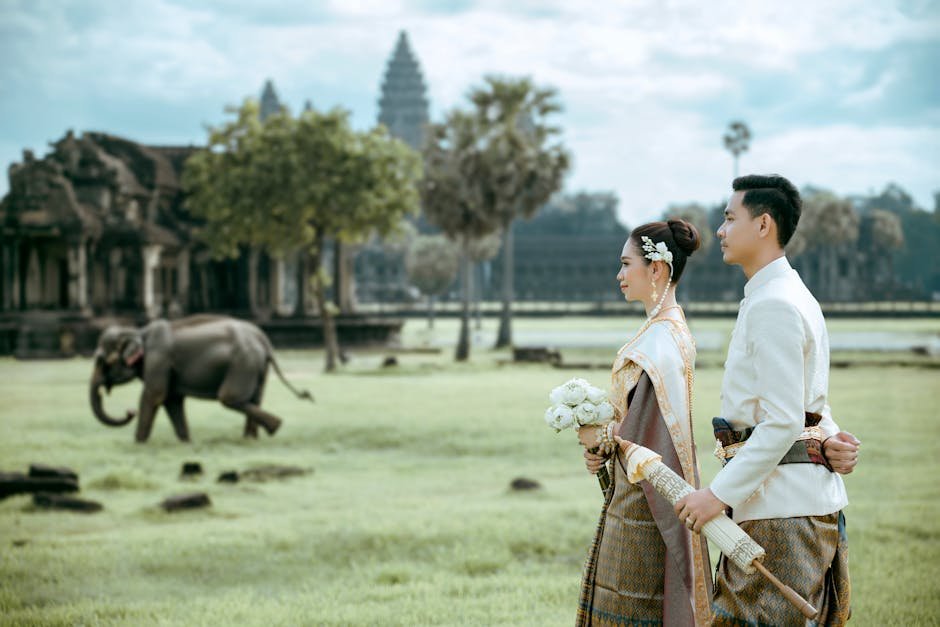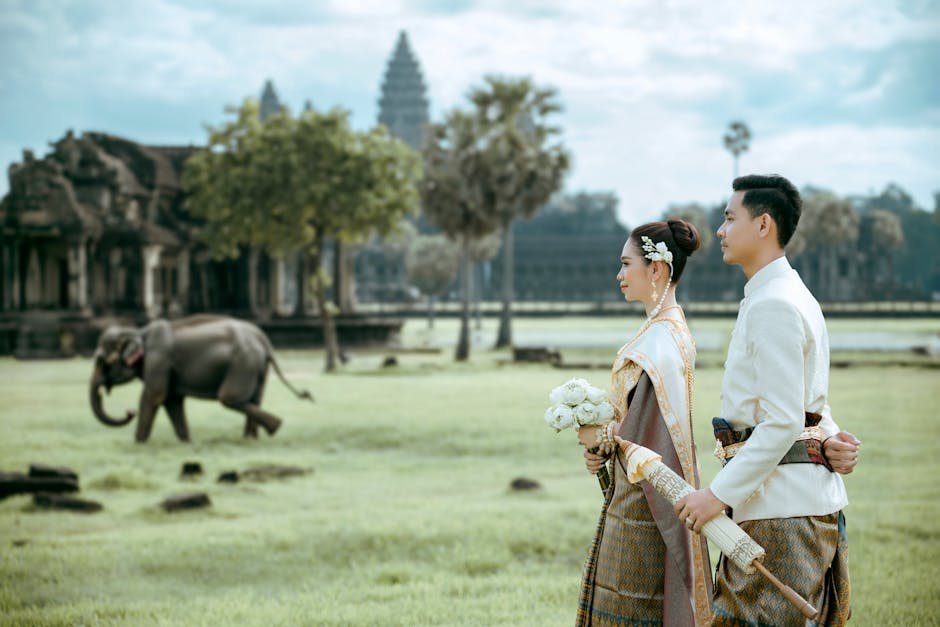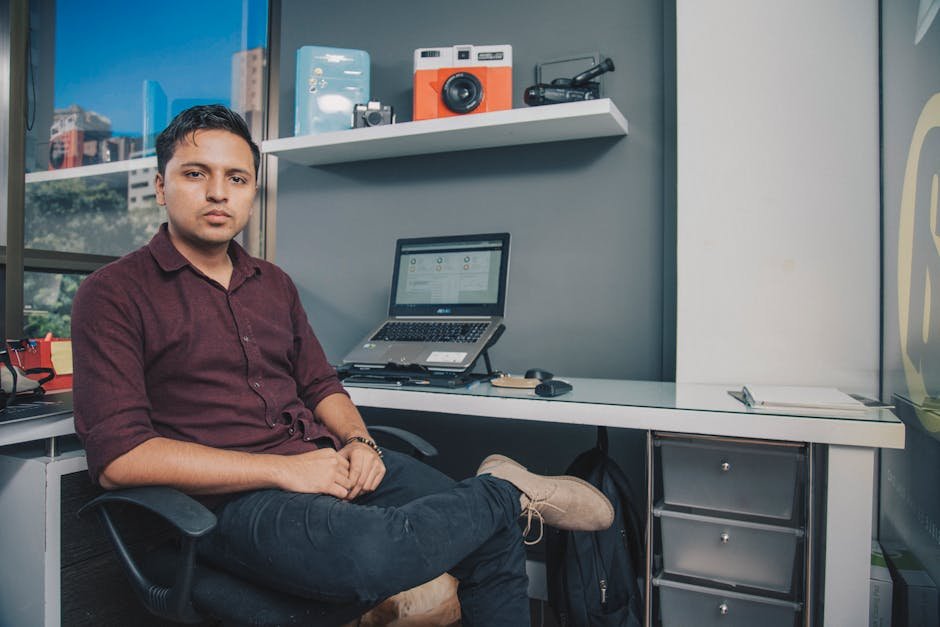The Philippines has long been a magnet for those seeking a tropical escape, and its allure for digital nomads is stronger than ever. While the country has recently introduced a dedicated Digital Nomad Visa (DNV), many long-term stayers and aspiring residents are also eyeing another, more established pathway: the Special Resident Retiree’s Visa (SRRV).
Often perceived as exclusively for the elderly, the SRRV program, administered by the Philippine Retirement Authority (PRA), actually offers surprising benefits and flexibility that could appeal to location-independent professionals looking for a more permanent base in this vibrant Southeast Asian nation. With its lower cost of living, widespread English proficiency, and stunning natural beauty, the Philippines presents an irresistible proposition for those looking to blend work with an endless vacation.
So, how exactly does this “retiree” visa fit into a digital nomad’s strategy, and what makes it such an increasingly popular choice for long-term stays? Let’s explore the ins and outs of the SRRV.
Understanding the SRRV: Beyond Just “Retirement”
The SRRV is a special non-immigrant visa that grants foreign nationals and former Filipino citizens the privilege of indefinite stay with multiple-entry privileges in the Philippines. While its name implies retirement, its core benefit is long-term residency, making it attractive for anyone desiring a permanent base.
The Philippine Retirement Authority (PRA) offers several categories of SRRV, each with different eligibility criteria and financial requirements. The key is the required visa deposit, which, depending on the category, can be converted into certain investments.
Why the SRRV is Gaining Traction Among Digital Nomads
Even if you’re far from traditional retirement age, the SRRV offers distinct advantages over constantly extending tourist visas or even the newly introduced DNV for those committed to the Philippines:
- Indefinite Stay: This is the biggest draw. Unlike temporary visas, the SRRV grants you permanent non-immigrant status, eliminating the stress of constant visa renewals or “visa runs.”
- Multiple-Entry Privileges: Travel in and out of the Philippines as often as you like without needing re-entry permits.
- Exemption from Exit Clearances: Another bureaucratic hurdle removed, making travel smoother.
- Tax Incentives: SRRV holders are generally exempt from taxes on pensions and annuities remitted from abroad. They are only taxed on Philippine-sourced income, which can be advantageous for digital nomads earning from overseas clients.
- Investment Opportunities: Depending on the SRRV category (e.g., SRRV Classic), your visa deposit can be converted into active investments, such as purchasing a condominium unit or a long-term lease of a house and lot.
- Assistance with Government Transactions: The PRA provides support in dealing with various government agencies for things like obtaining a driver’s license, tax identification number (TIN), or business registrations.
- Access to Local Healthcare: While not a direct benefit, having long-term residency simplifies access to the Philippines’ affordable healthcare system.
- No Age Limit (for certain categories pre-2021): While the main SRRV Classic program now requires applicants to be 50 and above, there were previously options for those as young as 35, making it a viable long-term solution for “early retirees” or those simply seeking permanent residency. (Note: The 35-49 age category for SRRV Classic was suspended in May 2021, making it less accessible for younger nomads unless they qualify for other specific categories like SRRV Human Touch with medical needs).
Key SRRV Categories and Requirements (as of June 2025)
The PRA has refined its SRRV programs over time. Here are the main categories relevant for prospective long-term residents:
- SRRV Classic:
- Eligibility: Foreign nationals aged 50 years old and above.
- Deposit: US$20,000 (without pension) OR US$10,000 (with a monthly pension of at least US$800 for a single applicant or US$1,000 for a couple).
- Usage: The deposit can be converted into active investments (e.g., condominium unit purchase, long-term lease of house/lot) after 30 days of visa issuance.
- SRRV Courtesy:
- Eligibility: Former Filipino citizens aged 50 years old and above, or foreign nationals aged 50 and above who served as ambassadors, diplomats, or retired officers of international organizations recognized by the DFA.
- Deposit: US$1,500.
- Pension: Not required for former Filipinos; others might need a pension of at least US$1,000/month (SRRV Expanded Courtesy).
- SRRV Human Touch:
- Eligibility: Ailing retirees aged 35 years old and above who require medical and clinical care.
- Deposit: US$10,000.
- Pension: Monthly pension of at least US$1,500, plus valid health insurance policy.
- Note: This category typically requires a medical certification and a PRA-accredited caregiver or facility.
Important Note for Digital Nomads (Ages 35-49): As of May 2021, the PRA suspended the SRRV Classic option for principal applicants aged 35-49 without a pension, which previously required a US$50,000 deposit. This means the SRRV is now primarily targeted at those 50 and above, unless you qualify for specific categories like “Human Touch” due to medical needs. Always check the absolute latest regulations directly with the PRA or a reputable immigration lawyer.
The Application Process: A Step-by-Step Guide
Applying for the SRRV typically involves these stages:
- Pre-Qualification: Contact the PRA or visit their website to determine which SRRV category you qualify for based on age, financial status, and any other specific conditions.
- Secure Your Deposit: Open a dollar-denominated time deposit account with a PRA-accredited bank in the Philippines. Remit the required deposit amount from abroad, ensuring the bank issues a “Certification of Inward Remittance” and a “Time-Deposit Certificate” in favor of the PRA.
- Gather Documents: Prepare all necessary documents, which generally include:
- Completed SRRV Application Form.
- Valid Passport (minimum 6 months validity).
- Medical Certificate (from a Philippine clinic or authenticated from abroad).
- Police Clearance from your country of origin (authenticated/apostilled) or NBI Clearance (if you’ve stayed over 30 days in the Philippines).
- Passport-sized photos.
- Proof of pension (if applicable).
- Birth Certificate (for dependents).
- Marriage Certificate (if bringing a spouse).
- Submission & Fees: Submit your complete dossier to the PRA office. Pay the one-time application fee (currently US$1,400 for the principal applicant, plus US$300 for each dependent) and the annual PRA fee (US$360 per family).
- Processing & Verification: The PRA will process your application, conduct background checks with the Bureau of Immigration (BI) and National Bureau of Investigation (NBI).
- Visa Issuance: Once approved and cleared, the SRRV sticker will be affixed to your passport, and you’ll receive your PRA ID card.
- Post-Issuance: If on SRRV Classic, you may apply to convert your deposit into an investment (e.g., condominium purchase) after 30 days.
Table: SRRV Categories & Key Details (As of June 2025)
| SRRV Category | Age Requirement | Financial Deposit (USD) | Pension Requirement | Key Feature / Ideal For |
|---|---|---|---|---|
| SRRV Classic | 50+ | $20,000 (no pension) | Optional | Most popular. A deposit can be converted into a property investment (condo) or a long-term lease. Ideal for active retirees and nomads seeking a permanent base with asset potential. |
| SRRV Courtesy | 50+ | $1,500 | Not required | For former Filipino citizens, or foreign diplomats/international organization retirees who served in the Philippines. |
| SRRV Expanded Courtesy | 50+ | $1,500 | $1,000/mo | For retired foreign military officers from allied nations. |
| SRRV Human Touch | 35+ | $10,000 | $1,500/mo | Most popular. A deposit can be converted into property investment (condo) or long-term lease. Ideal for active retirees and nomads seeking a permanent base with asset potential. |
Note: Additional US$15,000 deposit for each dependent more than two for most categories (not for Courtesy variants). All figures are approximate and subject to change by the PRA.
SRRV vs. The Digital Nomad Visa (DNV)
It’s important to differentiate the SRRV from the Philippines’ new Digital Nomad Visa (DNV), which was formalized by Executive Order No. 86 (April 2025).
- Digital Nomad Visa (DNV): This is a temporary residence visa, typically valid for one year (renewable for another). It’s designed for remote workers with income sourced from outside the Philippines, often with eligibility criteria based on minimum income and reciprocal agreements. It’s ideal for those seeking a shorter-term, flexible stay focused solely on remote work.
- SRRV: This is a permanent non-immigrant visa, offering indefinite stay. While it has higher financial requirements (a deposit), it provides long-term stability and potential for investment, making it suitable for nomads who wish to establish a more enduring presence in the Philippines.
For many digital nomads, the DNV offers immediate flexibility for a trial period, but the SRRV presents a long-term solution for those truly envisioning the Philippines as a primary or secondary home.
The Philippines continues to position itself as a top destination for remote work and long-term living in the region. Understanding the nuances of its visa programs is key to making the most of your stay. For broader guidance on navigating remote work life in the region, delve into our guides on Digital Nomads Asia.
Conclusion
The Philippines’ Special Resident Retiree’s Visa, while initially designed for traditional retirees, has evolved into a strategic long-term residency option for a specific segment of digital nomads. For those aged 50 and above, or those with specific medical needs, it offers an appealing pathway to indefinite stay, financial flexibility (through deposit conversion), and a stable base in a country known for its warmth and affordability. As the landscape of global mobility continues to shift, the SRRV serves as a testament to the diverse and often unconventional routes available to location-independent professionals seeking to call a piece of the world their home.







